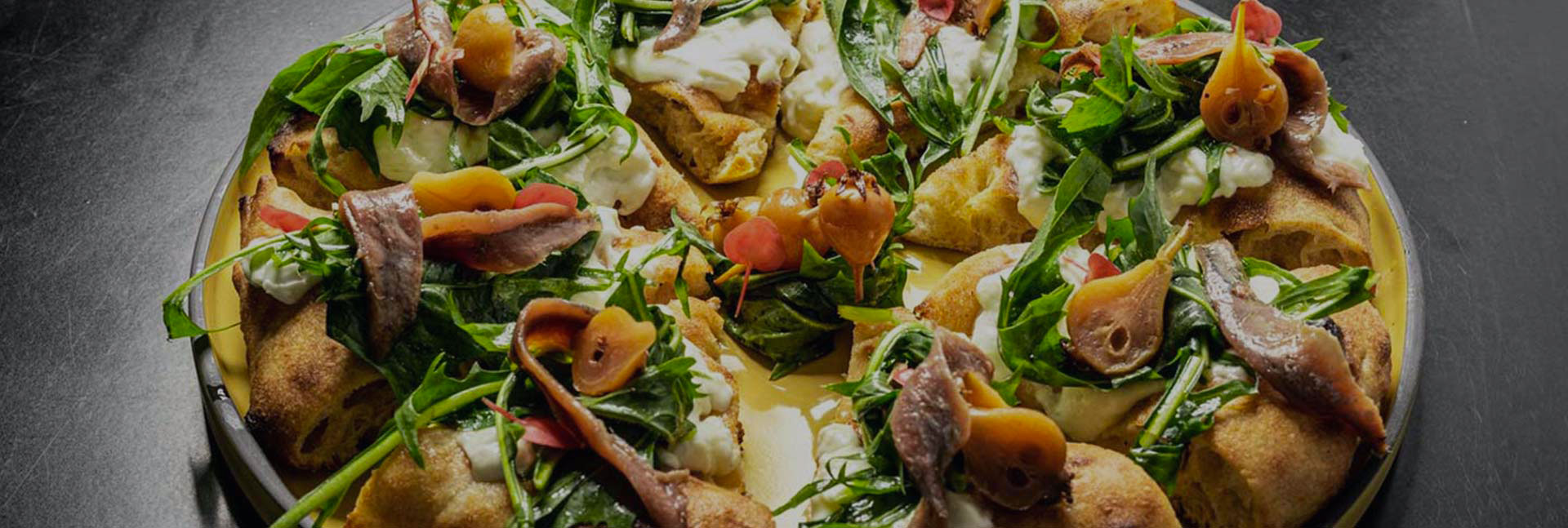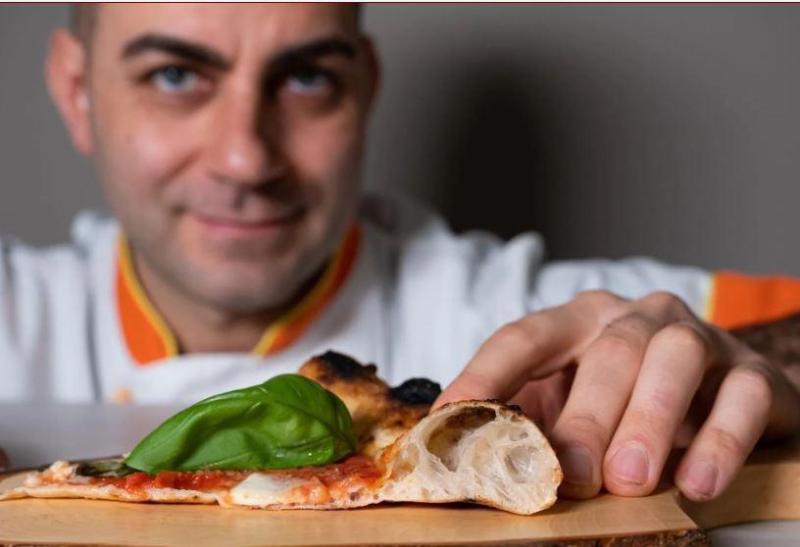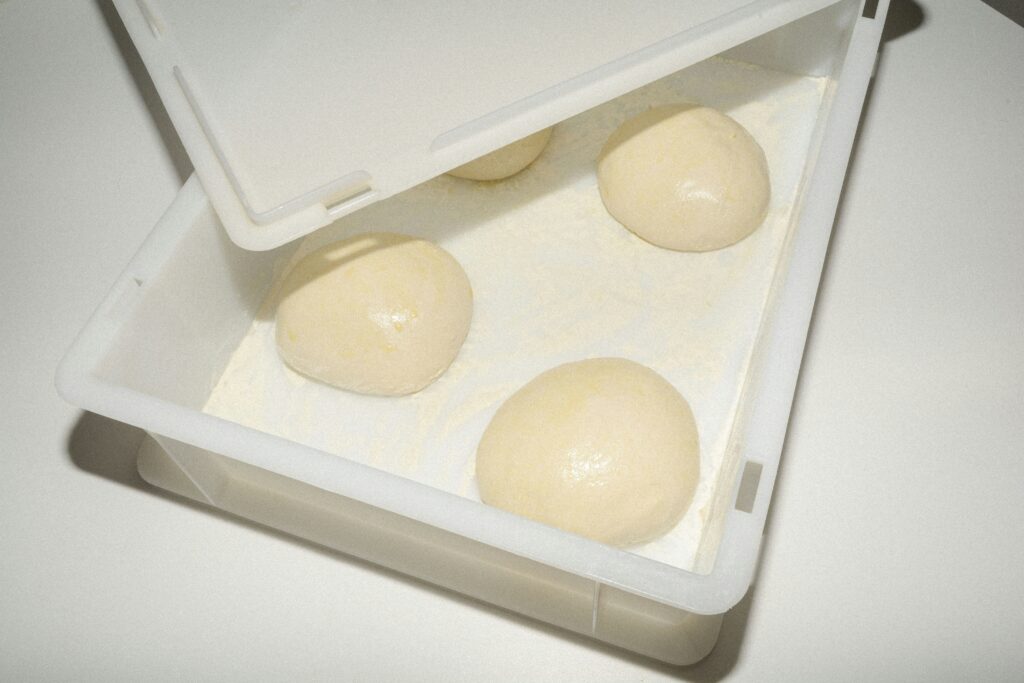
Pizza is certainly an evergreen, but in the last decade in particular it has come back into the limelight because of the attention given to the “gourmet pizza” phenomenon. This phenomenon basically consists of two different possibilities, combining a dough of humble origins with fine ingredients or outsourcing the composition to the creativity of some master pizza makers who have turned their pizza into an haute cuisine dish. For some people, it was the missing piece in the Darwinian evolution of pizza, thus elevating the marginal role of the pizza maker to the star of the gourmand firmament. However, in tracing the evolution of Italian haute cuisine over the past 30 years, it is inevitable to glimpse some similarities with the well shorter journey of pizza over the past decade. We experienced the French-influenced 1990s with “nouvelle cuisine” and then shuffled the cards with “fusion” cuisine, where the West met eastern tastes, moving on to the Catalan-inspired molecular period and finally rediscovering regional traditions: a bit like going back to the “go” in the game of Monopoly. Pizza in some ways is going down the same path: we needed the “wow” effect to get people talking about pizza again, while today we need something else to fill the venues. Due to the historical period we are living through, with an increasingly widening social gap, it is necessary to reclaim the “pop” role that pizza has always had, but without losing the valuable achievements of the gourmet phenomenon. The goal will be to seek not a fine pizza but an excellent pizza, which will be gourmet not so much because of luxurious ingredients, but because of great dough, made with quality flours and according to a style of pizza that is suitable for enhancing fresh and local ingredients of our tradition. The pizza maker of the future should not be a chef but a deep expert of raw materials, capable of recognizing, enhancing and interpreting the quality of their territory, using a sustainable approach.



